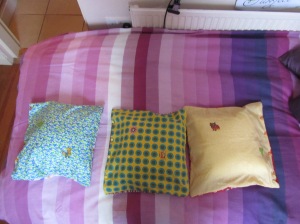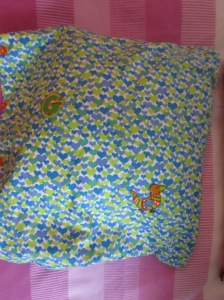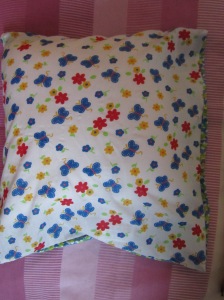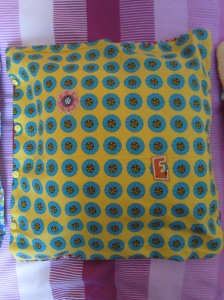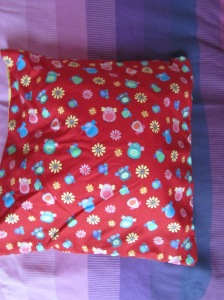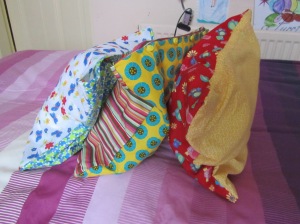Resulta que la semana pasada perdí mi gorro de una manera bastante estúpida. Fui a hacer la compra y, como siempre, al entrar en la tienda me quité el gorro para no morir de calor y, muy inteligentemente, me lo puse debajo del brazo… llevando el abrigo puesto. Siendo yo como soy, a los dos minutos de estar haciendo la compra, olvidé por completo que llevaba un gorro bajo el brazo, MI gorro. Abreviando un poco, mi gorro decidió escapar y algún alma «bondadosa» decidió adoptarlo.
It happened that last week I lost my hat in a very stupid way. I went grocery shopping and, as always, when entering into the supermarket, I removed my hat to not to die from the heat and, very intelligently, I put it under my arm… while wearing my winter coat. Being as I am, two minutes after starting the shopping, I totally forgot that I was carrying a hat under my arm, MY hat. Long story short, my hat decided to escape and a «kind-hearted» soul decided to adopt it.
Estando así, sin gorro, gorrisnuda que se dice en el Mundo de los Gorros, el fin de semana fuimos a comprar un poco de lana para cubrir mi cabecita. Me inventé un patrón muy sencillo que podéis emular (uh, ¡palabro!) ¡gratis! Bueno, la lana y eso ya os lo compráis vosotros.
Being like this, without a hat, hatless as they say in HatLand, we went to buy some wool during the weekend to cover my little head. I made up a very easy pattern that you can emulate (uh, fancy word!) for free! Well, the wool and all that you buy it yourself.
![IMG_20150130_125018[1]](https://escarolota.wordpress.com/wp-content/uploads/2015/01/img_20150130_1250181.jpg?w=660&h=495)
Materiales: Agujas circulares de 4mm, lana de 4mm. Un ovillo debería ser suficiente, pero por si acaso comprad dos.
Materials: 4mm circular needles, 4mm wool. One ball should be enough, but buy two just in case.
![IMG_20150130_125144[1]](https://escarolota.wordpress.com/wp-content/uploads/2015/01/img_20150130_1251441.jpg?w=330&h=440)
1. Monta 90 puntos y sepáralos por la mitad de modo que tengas 45 puntos por un lado y 45 por el otro. Si ves que necesitas más o menos puntos porque tu cabeza es un poco más grande o más pequeña, intenta añadir o restar puntos en múltiplos de 3. Os dejo un vídeo para que veáis cómo hacer el Magic Loop, está en inglés, pero os podéis hacer una idea.
Cast on 90 stitches and divide them by the middle so you get 45 stitches on one side and 45 on the other side. If you see that you need more or less stitches because your head is a bit bigger or smaller, try to add or take away stitches in multiples of 3. I leave you a video so you can see how to do the Magic Loop.
https://www.youtube.com/watch?v=6KccLlkTKzE
2. Teje intervalos de 3 puntos del derecho y 3 del revés durante las siguientes 10 hileras. CONSEJO: Pon un marcador para saber dónde está el inicio.
Knit intervals of 3 knit stitches and 3 purl stitches for the next 10 rows. TIP: Put a marker to know where the beginning is.
3. Después de haber tejido esas 10 hileras, sigue este patrón (todos los puntos serán del derecho):
– Teje seis puntos, saca con una tercera aguja los tres puntos siguientes, teje normal los tres puntos que siguen y ahora retoma y teje esos tres puntos que sacaste.
– Repite el paso anterior.
– Teje hasta la mitad.
– En la segunda mitad, teje seis puntos, saca tres con una tercera aguja, teje normal los tres puntos que siguen y retoma y teje los tres puntos que sacaste.
– Teje hasta el final de la vuelta.
– Teje cinco vueltas normales (puntos del derecho).
– En la sexta vuelta, repite los pasos anteriores. Así conseguirás el entrelazado.
3. After knitting those 10 rows, follow this pattern (all the stitches will be knit stitches):
– Knit six stitches, take out the three following stitches with a third needle, knit the next three stitches and take back and knit the three you were holding on the third needle.
– Repeat the previous step.
– Knit until the middle of the row.
– In the second half, knit six stitches, take out three stitches with a third needle, knit the three following stitches and take back and knit the three stitches you were holding on the third needle.
– Knit until the end of the row.
– Knit five regular rows (knit stitches).
– In the sixth row, repeat the previous steps. This is how you will get the cables.
![IMG_20150130_124909[1]](https://escarolota.wordpress.com/wp-content/uploads/2015/01/img_20150130_1249091.jpg?w=660&h=495)
4. Disminuciones. Hicé un par de rondas de disminución cuando llevaba unos 15-16 cm. Y con unos 18 centímetros empecé a disminuir deprisa (una disminución por cada tres puntos y, después de unas tres vueltas, una disminución por cada dos puntos), ya que si se va disminuyendo a poquitos, al final se consigue un gorro puntiagudo, en vez de uno con un final redondito.
Decreasing. I did a couple of decreasing rounds when I had reached the 15-16 cm. And when I had around 18 cm I started to decrease quickly (a decrease for every three stitches and, after three rows or so, a decrease for every two stitches), as if you decrease slowly, you will get a pointy hat, instead of a hat with a round end.
![IMG_20150130_125003[1]](https://escarolota.wordpress.com/wp-content/uploads/2015/01/img_20150130_1250031.jpg?w=660&h=537)
Tadáh!
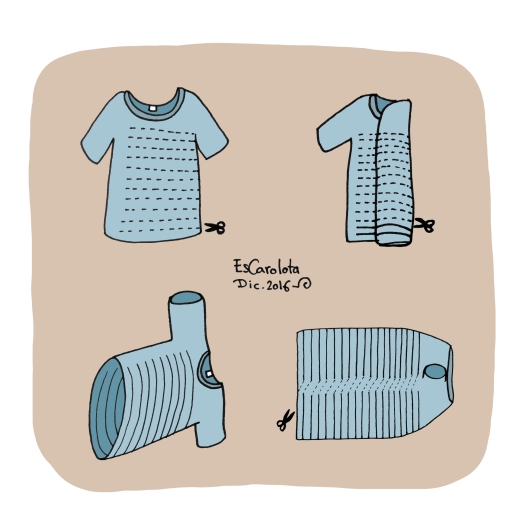
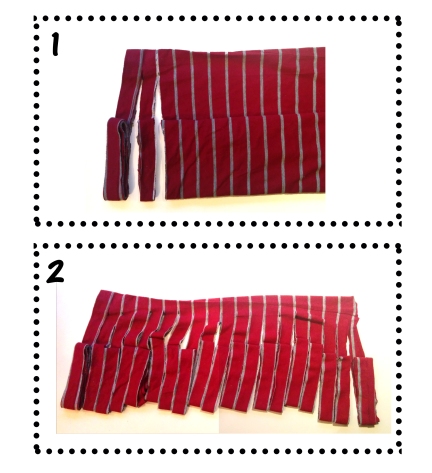
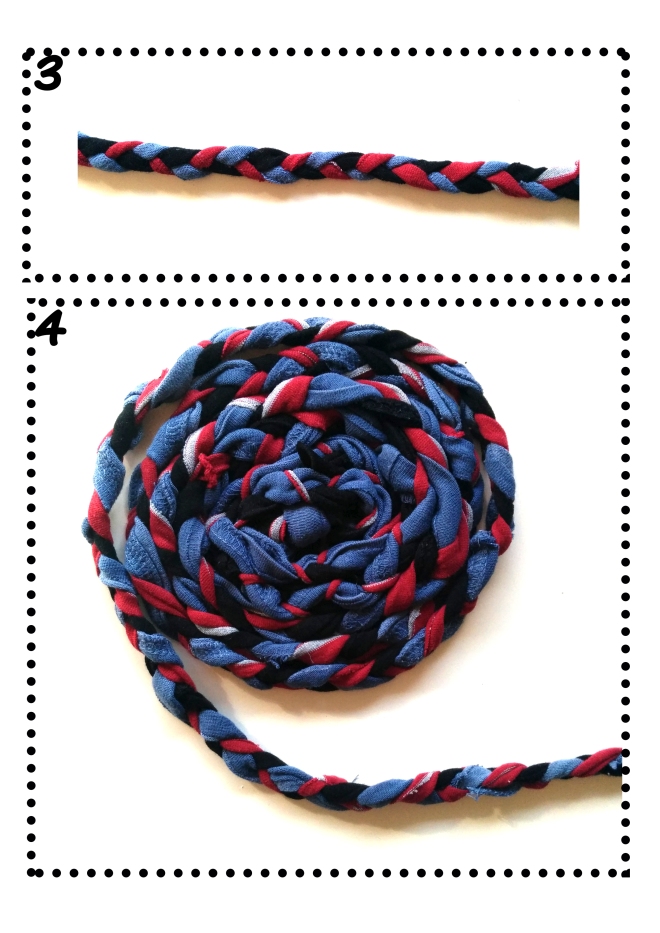
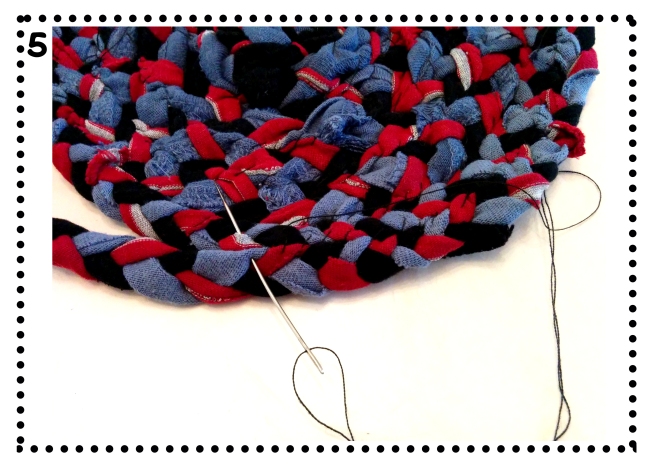


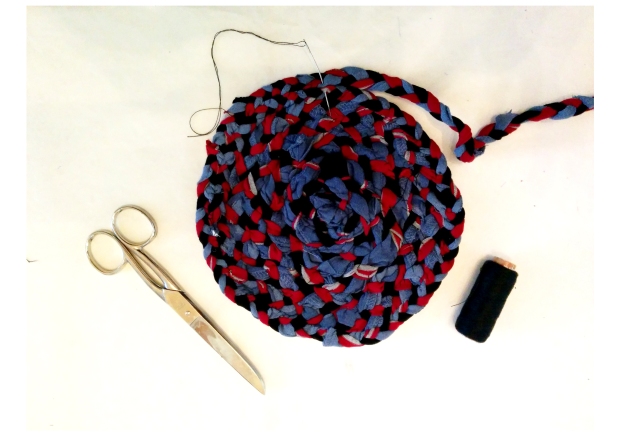



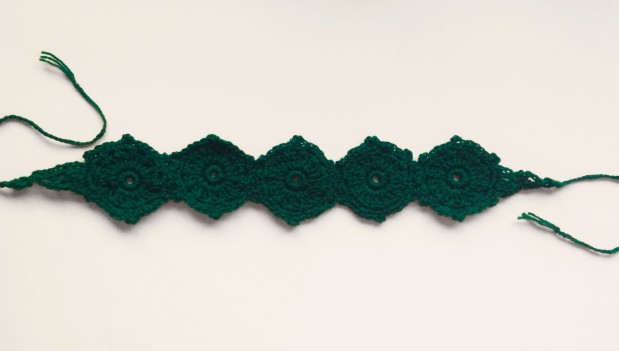


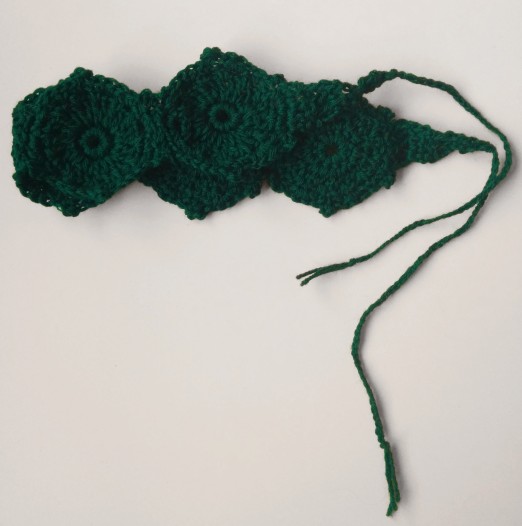

![IMG_20151027_163621[1]](https://escarolota.wordpress.com/wp-content/uploads/2015/10/img_20151027_1636211-e1445962171224.jpg?w=660&h=495)
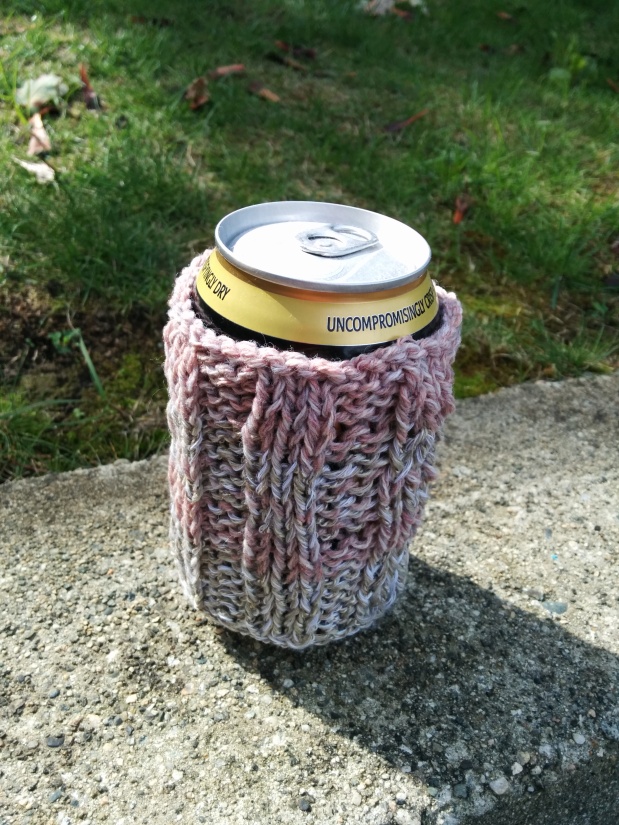
![IMG_20150907_122019[1]](https://escarolota.wordpress.com/wp-content/uploads/2015/09/img_20150907_1220191.jpg?w=400&h=533)
![IMG_20150907_122412[1]](https://escarolota.wordpress.com/wp-content/uploads/2015/09/img_20150907_1224121.jpg?w=280&h=373)
![IMG_20150907_120430[1]](https://escarolota.wordpress.com/wp-content/uploads/2015/09/img_20150907_1204301.jpg?w=280&h=373)
![IMG_20150907_121438[6]](https://escarolota.wordpress.com/wp-content/uploads/2015/09/img_20150907_1214386.jpg?w=400&h=533)
![IMG_20150907_122459[1]](https://escarolota.wordpress.com/wp-content/uploads/2015/09/img_20150907_1224591.jpg?w=400&h=300)
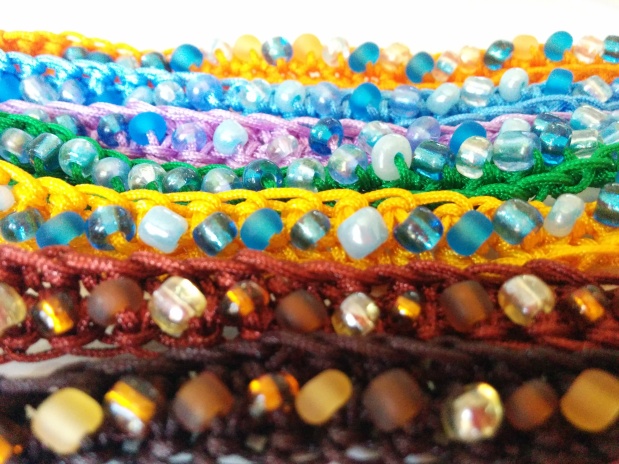
![IMG_20150728_180349[1]](https://escarolota.wordpress.com/wp-content/uploads/2015/08/img_20150728_1803491.jpg?w=660&h=880)
![IMG_20150728_182059[1]](https://escarolota.wordpress.com/wp-content/uploads/2015/08/img_20150728_1820591.jpg?w=660&h=880)
![IMG_20150728_182142[1]](https://escarolota.wordpress.com/wp-content/uploads/2015/08/img_20150728_1821421.jpg?w=660&h=495)
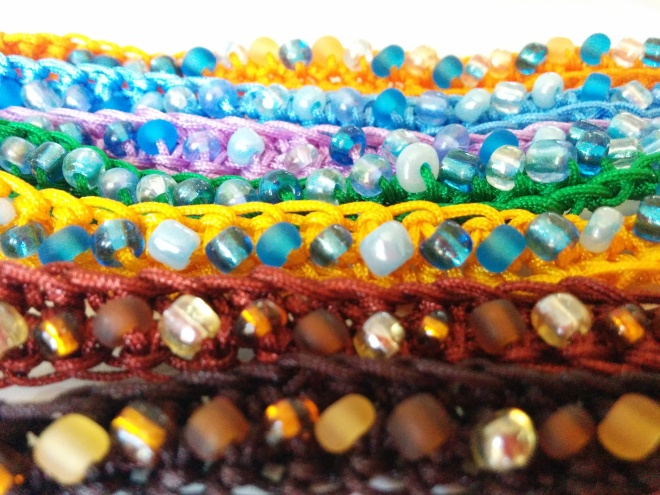
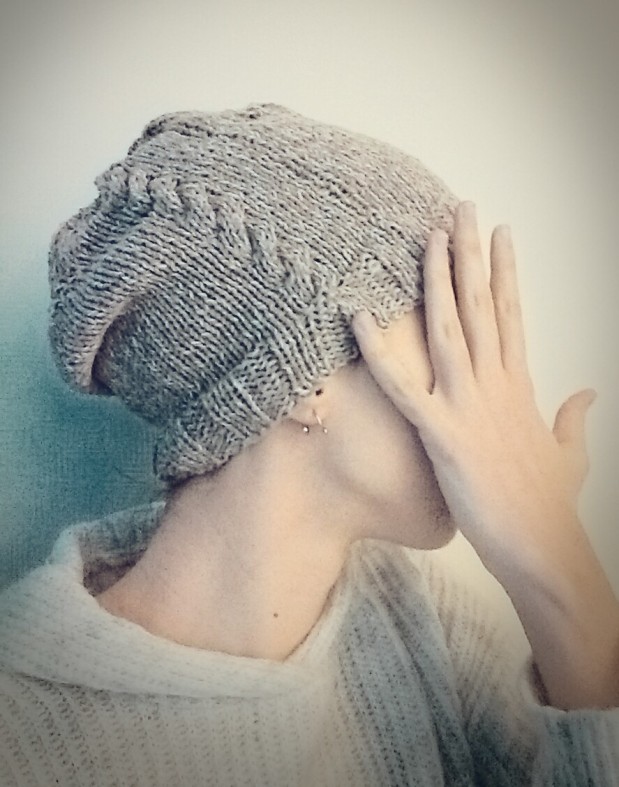
![IMG_20150130_125018[1]](https://escarolota.wordpress.com/wp-content/uploads/2015/01/img_20150130_1250181.jpg?w=660&h=495)
![IMG_20150130_125144[1]](https://escarolota.wordpress.com/wp-content/uploads/2015/01/img_20150130_1251441.jpg?w=330&h=440)
![IMG_20150130_124909[1]](https://escarolota.wordpress.com/wp-content/uploads/2015/01/img_20150130_1249091.jpg?w=660&h=495)
![IMG_20150130_125003[1]](https://escarolota.wordpress.com/wp-content/uploads/2015/01/img_20150130_1250031.jpg?w=660&h=537)
